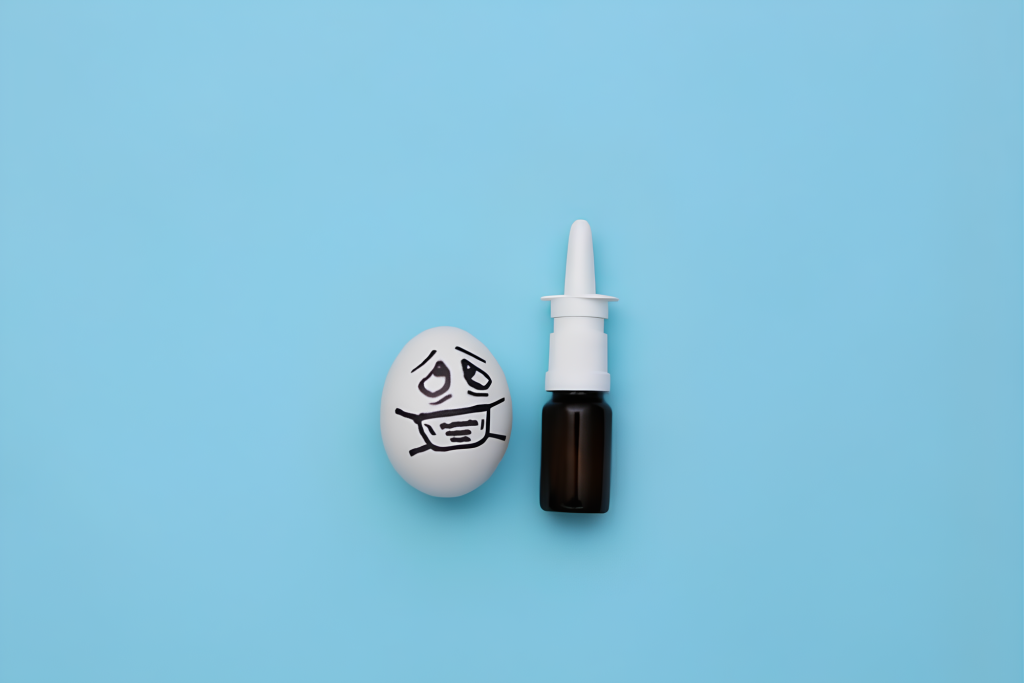CONTACT US: 0919 058 5858 | 02 899 51920
CONTACT US:
0919 058 5858 | 02 899 51920
A small, handy tube, roughly the size of a regular lipstick, has become a familiar object, nationwide. It’s common to see it in the hands of people from all walks of life – students, teachers, office workers, security guards, sidewalk vendors, commuters – you name it! Chances are, you have one in your pocket or bag, too. It’s none other than the nasal inhaler.
Though it’s not a new product, the popularity of inhaler sticks has skyrocketed. Local inhalers are readily available in drugstores, convenience stores, department stores, and mall kiosks. And thanks to the beloved Filipino tradition known as pasalubong, where Filipino travelers bring home gifts for family and friends, Thai nasal inhalers have become a favorite souvenir.
A typical nasal inhaler is designed with a removable cap that allows you to easily detach it, enabling you to place the inhaler close to your nostril and take a deep breath. Newer models come in sliding cases, so you don’t have to worry about losing the cap. Aside from pocket inhalers, they also come in little tubs, which people like to hold up to their noses to sniff, providing a soothing aromatic blend.

These pocket nasal inhalers and little tubs may contain any or a combination of the following ingredients:


The nasal inhaler, with key ingredients like menthol, camphor, and other essential oils, has become a handy and accessible tool for temporary relief from nasal congestion and minor discomfort. The use of a nasal inhaler can also give a much-needed mental boost, reduce stress, and create a soothing distraction from minor aches. Despite the popularity and benefits of nasal inhalers, it’s important to use them responsibly. Avoid overuse to prevent rebound congestion and never share your inhaler with another person to avoid the spread of germs or viruses. Most importantly, a nasal inhaler is meant to give temporary relief, not a cure. For persistent or severe symptoms, it’s recommended to seek advice from a healthcare professional, a process made more accessible through a reliable Healthcare Philippines.

Easy access health plan options for the Filipino community.
We know finding the right healthcare plan can be a complex and confusing task.
Our health plan specialists are always here to help 24/7.
Got more questions?